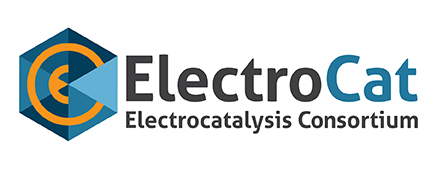| Laboratory: | Argonne National Laboratory |
| Capability Expert(s): | Vojislav Stamenkovic and Nenad Markovic |
| Capability Details: | |
| Title: | Structure/Composition Function Relationships and Active Sites for PGM-free catalysts |
| Class: | Characterization & Testing |
| Description: | PGM-free catalysts will be studied to reveal structure/composition-function relationships. The methodology used to execute this task will combination of rotating ring disk electrode coupled with ICP-MS. This recently developed methodology is capable of detecting ppt levels of dissolved transition metals from a single potential cycle. This effort will be focused on identifying the real active sites in PGM-free materials for fuel cells. |
| Capability Bounds: | The techniques and methodology are rigorous. This capability should only be used for PGM-free systems with the most promising electrocatalytic activity and stability. |
| Unique Aspects: | Custom built RDE-ICP/MS systems combined with other electrochemical methods and expertise results in a synergistic approach that makes this capability unique to Argonne. |
| Availability: | These methods will be available for a limited number of ElectroCat systems that have been derived from a combinatorial approach. |
| References: | P.P. Lopes, D. Strmcnik, J. Connell, V.R. Stamenkovic, and N.M. Markovic, “Relationships between Atomic Level Surface Structure and Stability/Activity of Platinum Surface Atoms in Aqueous Environments,” ACS Catalysis, 6, 4 (2016). |
| Benefit: | These unique capabilities for the determination of active and stable sites can answer long-standing questions regarding the mechanism of the operation of PGM-free catalysts. |

